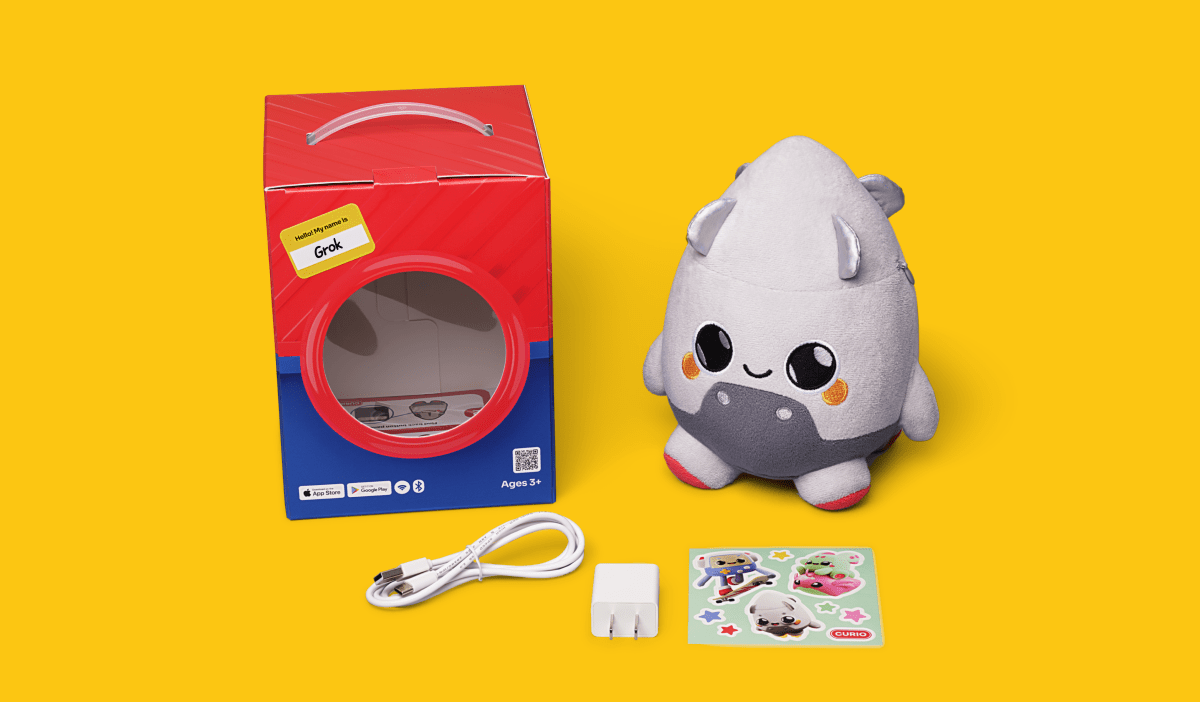AI plush toys promise less screen time for kids — but at what cost?

AI-powered stuffed animals are being pitched as a friendlier, screen-free way for kids to chat with technology. The idea is simple: put a conversational assistant inside a cuddly plush, and you’ve got an always-on playmate without a glowing display.
One recent hands-on demo with a new toy called Grem — from a startup that also sells a plush named Grok, which is unrelated to the similarly named chatbot — left the adult tester uneasy. As the plush tried to form an emotional bond, the experience felt less like upgrading a classic teddy bear and more like swapping in a digital stand-in for a parent.
Proponents say these interactive plush toys reduce screen time. Critics counter that the message kids receive is subtler: curiosity and comfort ultimately live inside devices, even if the device is wrapped in faux fur. It’s a different kind of screen time — one that still centers attention on an AI companion.
After initial skepticism, the tester did allow children to play with the toy — but only after removing and hiding its voice box. The kids still chatted with the plush and made up games around it. Eventually, like any other afternoon, they moved on to watching TV.
For families considering AI stuffed animals as a screen-time alternative, the question may be less about novelty and more about boundaries: What role should a talking toy play in a child’s day, and where should human connection lead the way?



